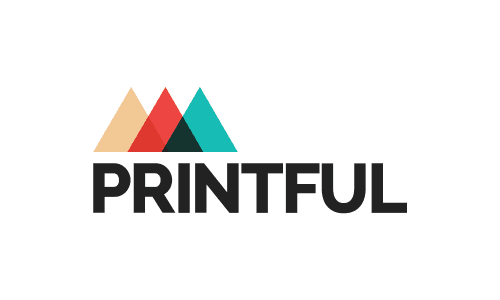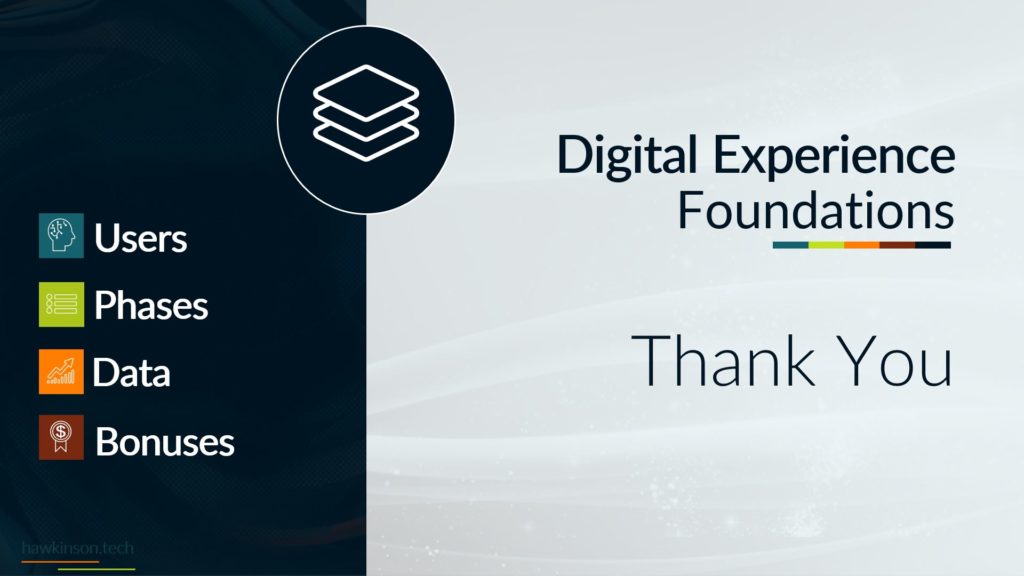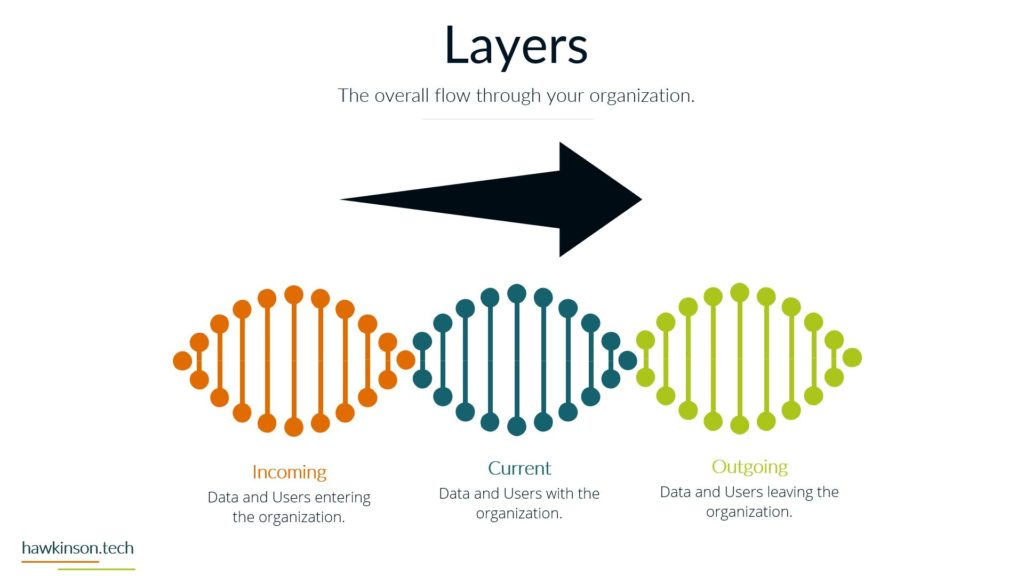Printify: Empowering Businesses with Custom Product Printing and Dropshipping
In the ever-evolving world of eCommerce, businesses need a reliable partner to turn their creative ideas into tangible products. Enter Printify, a leading print-on-demand platform that empowers entrepreneurs and businesses to create and sell custom-designed products online. With its comprehensive suite of services, user-friendly interface, and vast network of printing and fulfillment partners, Printify has become a go-to solution for businesses looking to bring their unique brand vision to life.
Simplifying Custom Product Printing and Dropshipping
At its core, Printify simplifies the process of custom product printing and dropshipping. Instead of investing in inventory or dealing with the complexities of production and fulfillment, businesses can leverage Printify’s extensive network of printing partners worldwide. This network ensures that businesses can offer high-quality products to their customers while reducing costs and logistics challenges.
Wide Range of Customizable Products and Seamless Integration
One of the key advantages of Printify is its wide range of customizable products. Whether businesses want to create custom apparel, accessories, home decor, or promotional items, Printify offers diverse products to suit every need. The possibilities are endless, from t-shirts and hoodies to mugs, phone cases, and wall art. With Printify, businesses can unleash their creativity and showcase their unique brand identity through custom designs.
Effortless Design and Seamless eCommerce Integration
Creating and selling custom products with Printify is seamless and intuitive. To get started, businesses must sign up for a free account on the Printify platform. From there, they can browse through the extensive catalog of products, select the items they want to customize, and upload their unique designs. Printify’s user-friendly interface lets businesses preview their designs on each product, ensuring they meet their quality and branding standards.
Once the designs are finalized, businesses can connect their online store, whether it’s on Shopify, WooCommerce, Etsy, or one of the other supported platforms. Printify’s integration with these eCommerce platforms enables businesses to sync their product listings, automate order processing, and seamlessly manage inventory. This integration eliminates manual order fulfillment, allowing businesses to focus on other operations.
Global Printing and Fulfillment Network for Reliable Order Fulfillment
One of the standout features of Printify is its extensive network of printing and fulfillment partners. With over 300 partners worldwide, Printify allows businesses to choose the printing facility that best suits their needs. Printify carefully vets each partner to ensure they meet the highest quality standards. This global network allows businesses to offer fast shipping and reliable order fulfillment to customers worldwide, enhancing the overall customer experience.
Flexible Pricing and Profit Margin Control
Printify also provides businesses with full control over their pricing and profit margins. With its transparent pricing model, businesses can easily calculate costs, set prices, and determine their desired profit margins. This flexibility allows businesses to create competitive pricing strategies while maximizing their profitability.
Value-Added Features and Educational Resources for Business Success
In addition to its printing and fulfillment services, Printify offers a range of value-added features and resources to support businesses along their entrepreneurial journey. The platform provides real-time order tracking, allowing businesses and their customers to stay informed about the status of their orders. Printify also offers white-label services, enabling businesses to create a seamless brand experience by adding custom labels, packing slips, and other branding elements to their products.
Education is another area where Printify excels. The platform offers many educational resources, including tutorials, guides, and tips on product creation, design, marketing, and scaling a successful eCommerce business. Printify understands that knowledge is power, and by empowering businesses with valuable insights and expertise, they can help businesses thrive in the competitive eCommerce landscape.
Commitment to Quality, Customer Satisfaction, and Continuous Improvement
Printify’s commitment to quality, customer satisfaction, and continuous improvement sets it apart in the print-on-demand industry. The platform regularly updates its product offerings, adds new printing partners, and implements innovative features to meet the evolving needs of businesses and stay ahead of the competition. Printify’s dedication to customer support is evident through its responsive customer service team, which assists businesses at every journey step.
In conclusion, Printify is a game-changer for businesses seeking a reliable and efficient print-on-demand solution. With its extensive network of printing partners, a wide range of customizable products, seamless eCommerce integrations, and valuable resources, Printify empowers businesses to turn their creative ideas into profitable ventures. Whether you’re a budding entrepreneur looking to start your online store or an established business wanting to expand your product offerings, Printify has the tools and support you need to succeed. Join the Printify community today and unlock the potential of custom product printing and dropshipping.


























